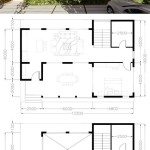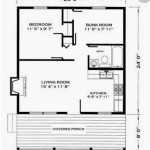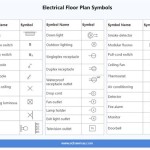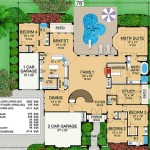Small Insulated Dog House Plans: Essential Aspects for Your Canine Companion's Comfort
Providing your furry friend with a safe and comfortable shelter is crucial for their well-being. Building a small insulated dog house can be a rewarding project that ensures your dog stays warm and dry during the colder months. Here are the essential aspects to consider when planning your dog house:
1. Size and Dimensions
Determine the optimal size for your dog based on their breed and weight. Measure their height, length, and width when standing, sitting, and lying down to ensure ample space for movement and comfort. The dog house should be tall enough for them to stand upright without bumping their heads, and long and wide enough for them to stretch out comfortably.
2. Insulation
Insulation is essential for keeping your dog warm during winter. Choose materials like polystyrene foam, expanded polystyrene (EPS), or fiberglass that provide excellent insulation. Consider double-wall construction with an air gap between the walls for added insulation. Ensure all cracks and gaps are sealed to prevent drafts.
3. Ventilation
Proper ventilation is crucial for preventing condensation, mold, and mildew. Install a ventilation system, such as small vents or a ridge vent, to allow fresh air to circulate and remove moisture. Position the vents to prevent direct drafts on your dog.
4. Roofing and Waterproofing
The roof should protect the dog house from rain and snow. Use weather-resistant materials like asphalt shingles, metal roofing, or waterproof canvas. Extend the roof overhangs to provide shade and prevent rain from dripping into the entrance. Seal all seams and joints with waterproof sealant to prevent leaks.
5. Doorway Design
The doorway should be large enough for your dog to enter and exit comfortably. Place the doorway off-center to minimize heat loss and provide some privacy. Consider adding a flap or curtains to the doorway for additional insulation and draft protection.
6. Flooring
Provide a comfortable and durable flooring material for your dog. Plywood or OSB (oriented strand board) are good choices, as they are strong and moisture-resistant. You can also use insulation foam underneath the flooring to add additional warmth and prevent moisture from rising.
7. Location and Placement
Choose a sheltered location for the dog house, protected from harsh winds and direct sunlight. Place it on a slightly elevated platform to promote drainage and prevent flooding. Ensure the dog house is easy to access for both you and your dog.
Additional Features
Consider additional features such as a front porch or elevated platform to provide your dog with a place to relax outside the house. A ramp can be added to make it easier for older or small dogs to enter and exit the house. Finally, add a personal touch by painting or decorating the dog house to match your taste and your dog's personality.
Remember, constructing a small insulated dog house is a project that requires careful planning and attention to detail. By following these essential aspects and incorporating additional features that enhance your dog's comfort, you can create a cozy and inviting shelter for your beloved canine companion.

Cold Weather Dog House Plans Bradshomefurnishings Winter Insulated Diy

14 Diy Dog Houses How To Build A House Plans Blueprints

How To Build A Custom Insulated Dog House Ron Hazelton

Easy Diy Winter Doghouse Self Sufficient Projects

22 Unique Plans For Building A Dog House Insulated Gallery Diy

Best 25 Insulated Dog Houses Ideas Only On House Diy Plans

How To Build An Insulated Dog House Howtospecialist Step By Diy Plans

Insulated Dog House Plans Myoutdoorplans

How To Build An Insulated Or Heated Doghouse 10 Steps

14 Diy Dog Houses How To Build A House Plans Blueprints








